On a warm, sunny day back in June, I had the opportunity to check out some job sites with SunGlo Services Operations Manager Bob Graham. SunGlo is a large restoration company based in the Metro Detroit area. Bob and I had five or six stops to make across a rather large area of Southeastern Michigan as he checked in on the progress of some jobs, and some new work just coming in.
For me, this ride-along was an opportunity to see restorers and jobs in action – and not just try to learn about the work from behind a desk, or through reading articles. I can safely say it was a very eye-opening experience. One particular stop stands out.
Early Warning Signs
Late in the morning, we arrived at a home that had experienced a house fire overnight. The homeowner was there seeming to assess the scene, and someone from CRDN had also just pulled up to take a look at what soft contents in the home might be salvageable. The problem was… we couldn’t get into the home. The house had been boarded up and the fire marshal had put a lock on the door. I’m sure you’ve all been to scenes like this where the fire marshal is still investigating and hasn’t cleared it for restoration or cleanup yet.
The homeowner happened to be there when we arrived, tending to things outside the home which for the most part appeared well-kept from the street – for the most part. The homeowner, we will call him Tom, was friendly, and seemed content to talk about the fire that had apparently started in the kitchen. During the conversation in the driveway, it was hard to ignore a rather large pile of debris sitting just a few feet away. It appeared to just be a pile of junk. I now know that pile was just a small taste of what was to come.
Behind the Door
When the SunGlo team was finally able to get into the home a few days later, they quickly discovered they were dealing with a lot more than a house fire. They were dealing with a hoarder. But there was another surprise to come. When they walked down to the basement, they found piles of trash several feet high and floor completely covered in crushed beer cans. At the back of the basement came the biggest discovery yet – a small bathroom surrounded by tall piles of used toilet paper. Everywhere.
Had the fire not happened, how long would Tom have lived in these conditions? And how often do restoration companies go out to assess a job and find a whole lot more than they originally expected?
House fires probably seem pretty common; hoarders likely seem rarer. But let’s take a look at the facts. According to FEMA, there are roughly 1.24 million house fires every year – and the scientific community says hoarding affects anywhere between 700,000 and 1.4 million people in the U.S. So by those facts, it’s pretty easy to imagine some of the fire jobs you take on involve hoarders, especially since there are so many fire risks within many of these types of homes.
Running the Job
SunGlo Project Manager Denis Jankowski was assigned to Tom’s job. He’s been part of the SunGlo team for more than 25 years, and has seen his fair share of every kind of job imaginable. On average, he is running about 25 jobs at a time – but when things are busy, it can be a lot more.
When it comes to hoarding, Denis says it is a growing trend.
“It is growing without a doubt,” he said. “I’ve seen more probably in the last five years than ever before. I don’t know what’s prompted it – luck of the draw, lives changing, who knows. I just definitely see more hoarding cases now than ever before.”
While Denis has seen a variety of hoarding cases in his career, there were two things he says made this job unique. First: the beer cans covering the basement floor. In some places, the crushed cans were six to 12 inches deep. Secondly, while the main floor was very unkempt, and things were piled on every surface imaginable, the beds in the home were still usable, which he said was unusual for a hoard of this magnitude. Also, the upstairs bathroom, while also filthy, did not have the amount of debris as the one in the basement.
The Mitigation
“Regardless of what was in the house, it all had to be emptied,” Denis remarked. “We had to don full PPE – respirators, Tyvek suits, heavy boots, gloves, and so on. Everything was removed. There was little that was salvageable, and every last thing had to be pulled out to be assessed for damage.”
Normally, sorting through contents from a hoarder’s home takes hours upon hours; when everything is covered in soot and ash, the sorting process takes even longer. Everything was filthy, and every box had to be looked through for valuables, even if it appeared to be garbage.
“We had to shovel out debris from the basement, and had air scrubbers and hydroxyl machines running from the git-go,” Denis said. “We work on IAQ right off the bat; we always get those machines in there right away, they are automatic on this type of job.”
Once the home was emptied, it became a pretty routine fire job. The home was gutted down to the studs. Everything had to be replaced except for the basement floor. Believe it or not, the crushed beer cans covering the floor appeared to offer some protection from the human waste.
Months later, the process has continued with new drywall, doors, windows, snaked plumbing lines (the master plumber said the state of this house was among the worst he has ever seen), new carpet, flooring, etc etc. You know the drill here.
Advice from Denis
Through the dozens of hoarders Denis has helped over the years, he has gained quite valuable knowledge on how to help these clients. Here are his three main tips when working with a hoarder:
1) Don’t be shocked by what you see.
After a while, what you see probably won’t faze you – but in the beginning, it may. Be empathetic.
2) Assure them you are not there to judge them.
“I try not to look at the stuff that is there. I look at the client, talk to them, and try to be as comforting as I can,” he said. “I might warn them toward the end of the conversation that every single thing in the house has to come out in order for repairs to be done.”
He also said it helps to let them know the items will be removed, inventoried, and carefully stored.
3) Be patient.
“Try to understand what’s going through their mind as you’re talking to them. Have patience and try to remember how scared they are about what is happening,” Denis said. “They are generally quite embarrassed about how things are.”
When it comes to Tom’s situation, SunGlo went above and beyond to help him through the process, like many restoration companies do. As one small example, when they learned he didn’t have a cell phone, they provided him one so people working on his home – including SunGlo, the insurance company, and so on – could get a hold of him.
By the time you read this article, Tom will likely be back in his home – and Denis running another hoarding job in the Metro Detroit area.
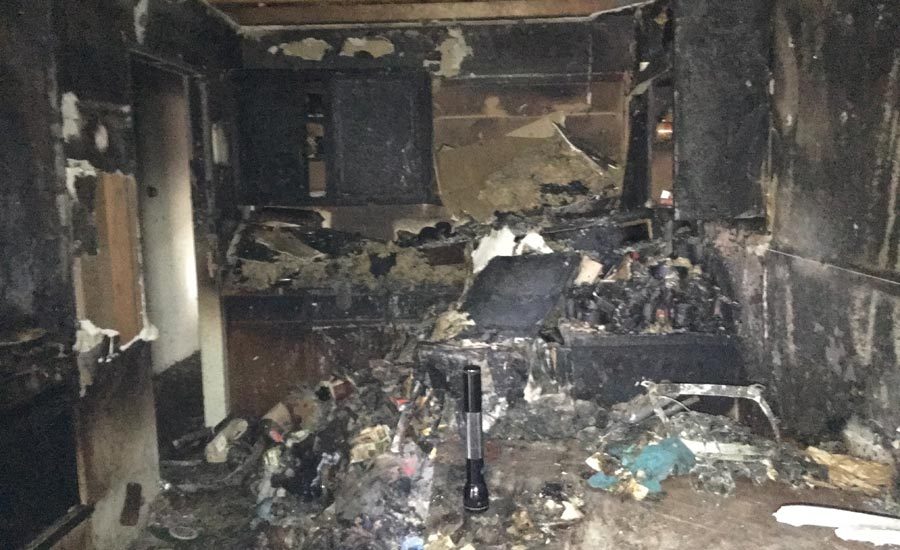
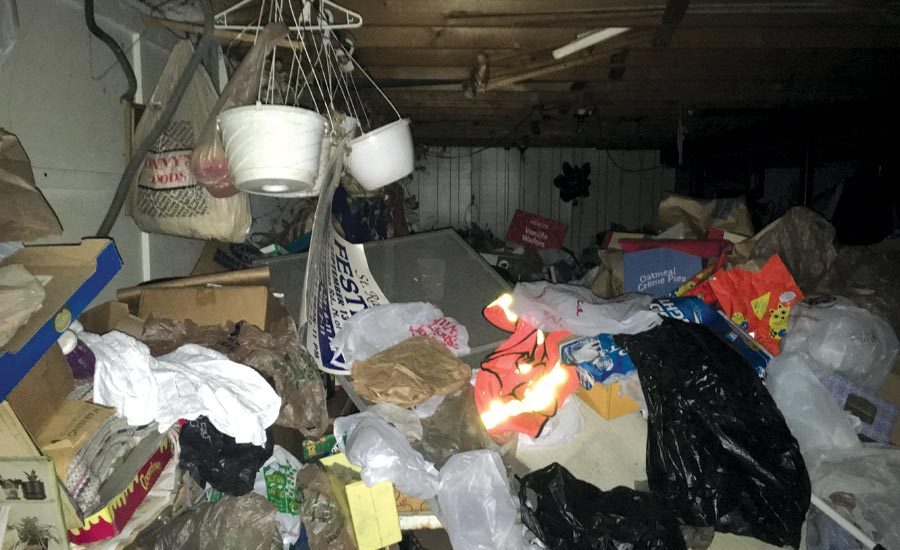
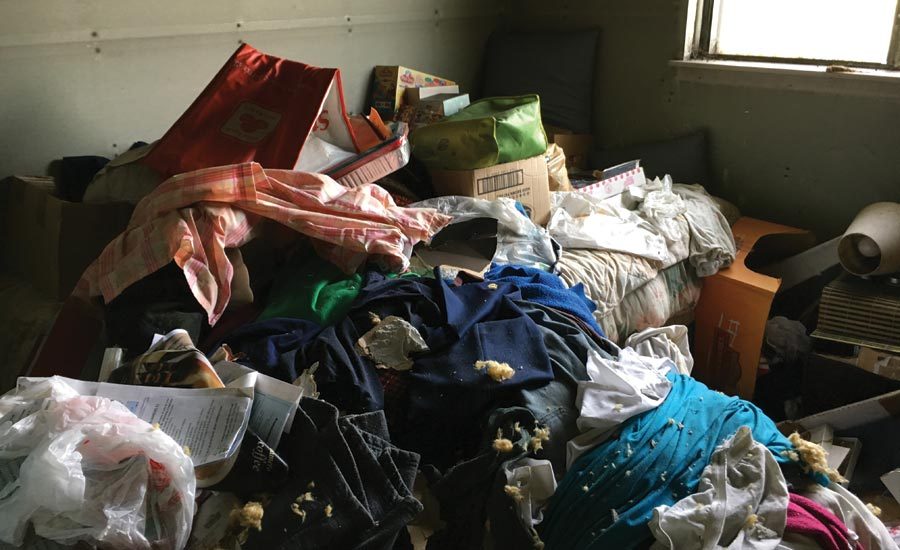
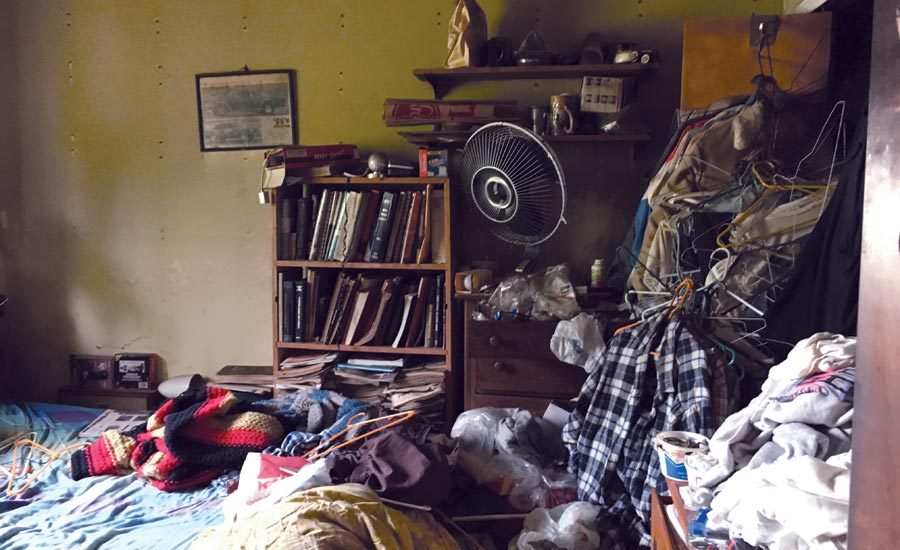
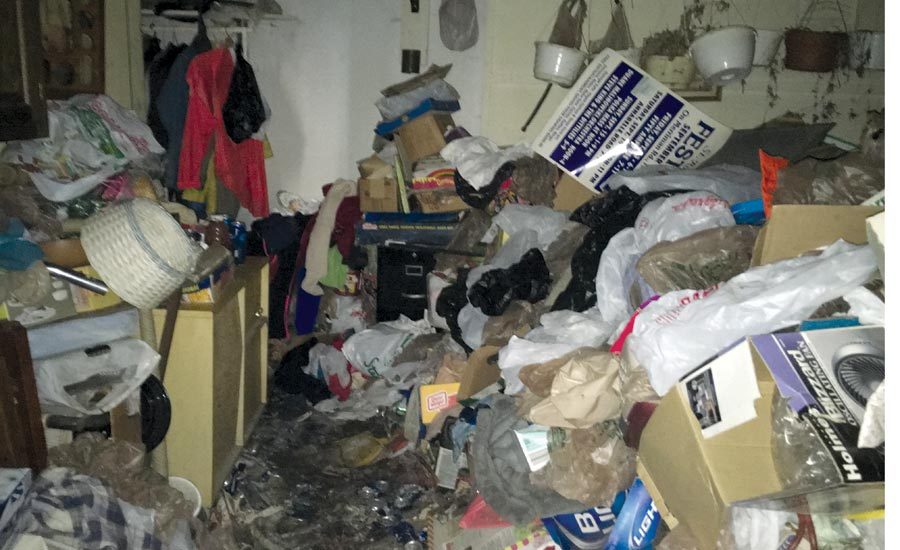
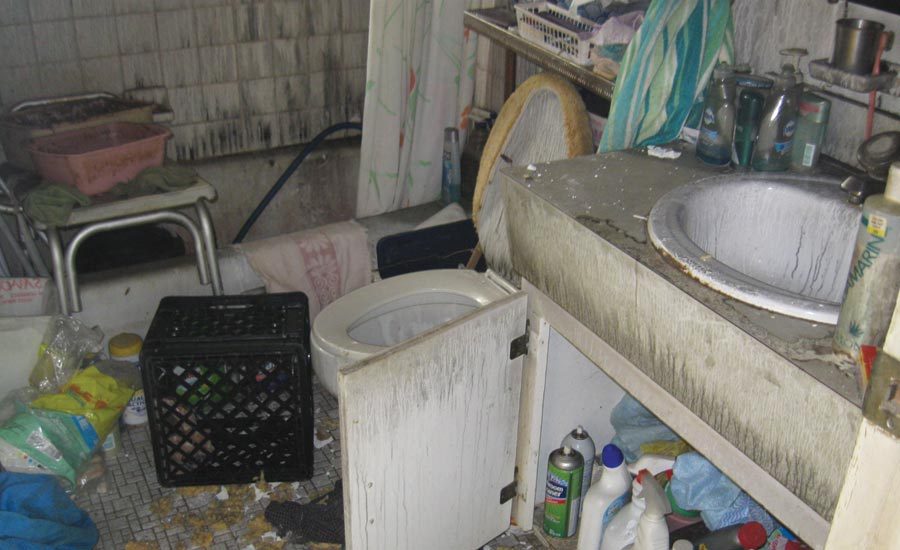



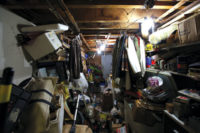
Report Abusive Comment